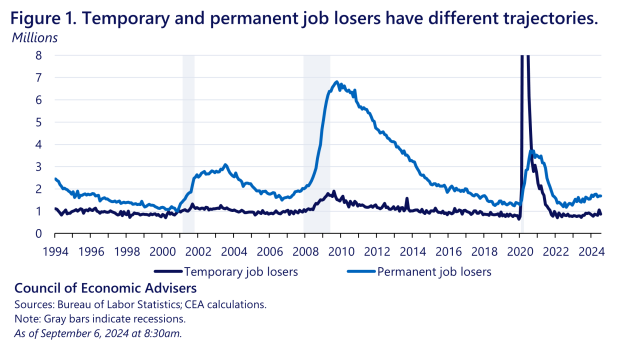Does the 4.2% Unemployment Rate Accurately Reflect the Current Labor Market Conditions?
The unemployment rate is a key metric in economies across the world, but there’s often confusion about how it is calculated. According to the Bureau of Labor Statistics (BLS), the primary responsibility for calculating the unemployment rate, the unemployment rate is determined by surveying approximately 60,000 households every month about their employment status. To be counted as unemployed, an individual must have actively sought employment in the preceding four weeks and be currently available for work. This rate is then expressed as a percentage of the overall labor force (consisting of all employed and unemployed people over the age of 16).
Despite concerns over exclusions from the typical unemployment rate calculation (for instance, those who have given up looking for work aren’t counted), economists maintain that the BLS is diligent and transparent in their calculations. The BLS is also mindful that a single figure cannot comprehensively represent the job market’s complexities, which led to the creation of other unemployment rates accounting for various worker types. However, even these alternate rates move together, presenting a consistent narrative about the job market’s health.
Layoff and hiring rates are other essential markers of the labor market’s state. Low rates for both indicate less mobility within the labor market, possibly due to economic uncertainty from factors like uncertain economic projections and recent policy changes. This lack of movement can lead to stagnation and make career advancement or entry more challenging.
While the unemployment rate isn’t an infallible measure, the BLS provides a wealth of data that offers a comprehensive snapshot of employment conditions. This data can help individuals and businesses navigate the sometimes turbulent waters of the job market more confidently. The BLS’s transparency and dedication to providing accessible, accurate data are therefore crucial in informing both policy decisions and individual choices related to employment.
For those facing unemployment in California and need assistance, they can visit eddcaller.com. It provides resources on how to contact the Employment Development Department for specific issues. Whether you’re trying to reach a live person for assistance, have trouble with your EDD payment, or need to understand how to apply for benefits, eddcaller.com can guide you through the process. It acts as an essential aide, offering support when navigating unemployment challenges or seeking direct answers from EDD representatives, particularly during this uncertain economic climate.
